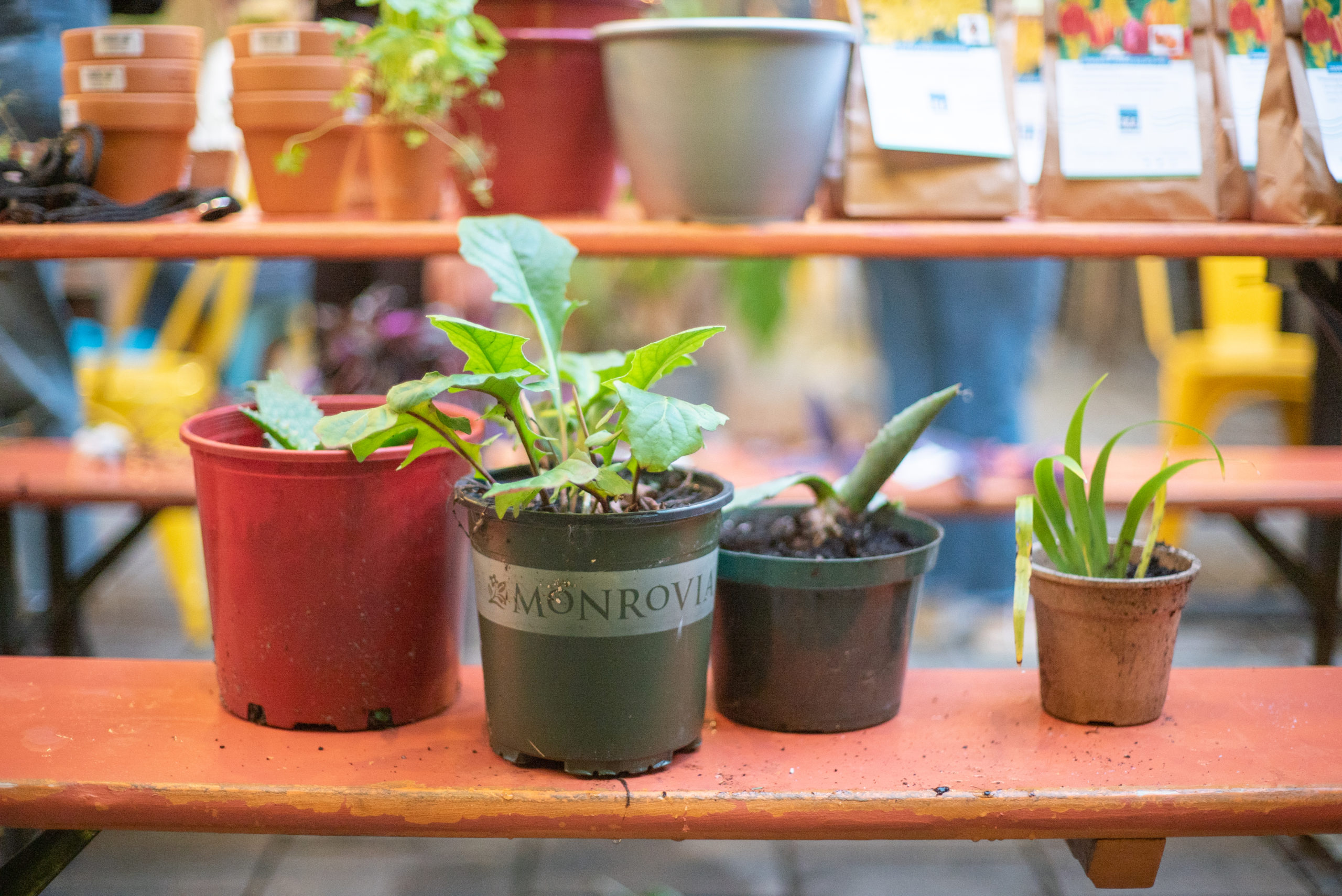General
Moving Made Easy

Everyone has a moving horror story. The broken, irreplaceable family heirloom. A final bill that was twice the estimate. The van showed up two hours late. Or worse! We hope your next move is a positive experience so we’ve put together some guidelines on how to prepare and organize for the big day.
Know your rights
Professional movers are required by law to follow regulations established by the Department of Transportation. Yes, Uncle Sam has your back. The Federal Motor Carrier Safety Administration (FMCSA) lists “red flags” that signal you are dealing with a rogue moving company.
The government publishes two free, helpful booklets: Your Rights and Responsibilities When You Move and FMCSA’s Ready to Move brochure. These booklets will help you understand the documents that a mover will ask you to sign and explain your rights if household goods are lost or damaged.
To avoid scams, be wary of movers who provide a low estimate over the phone or internet without visiting your home and giving you a written estimate. Make sure the estimate is signed by the mover. Otherwise, once your furniture is on the truck, they may demand more money and hold your goods hostage until you pay.
The moving company’s website should provide a local address and information about their registration and insurance. Verbal assurance that all goods are “covered” is not enough. If on moving day, a rental truck arrives, beware. Still unsure? Check for insurance and any complaint records – by searching the government database of registered movers.
When choosing a moving date, if possible, choose a weekday when banks, utility companies, and government offices are open.
Moving insurance
Make sure you understand the type of liability to which you agree. Ask yourself if 60 cents per pound is enough coverage for all your household goods if the unexpected happens. Your mover must offer you the option of Full Value Protection, which will provide you with the replacement value of lost or damaged goods. You may also purchase insurance from a third-party insurance company. Before purchasing third-party insurance, check your homeowner’s insurance policy to see if you’re already covered.
Packing Tips
Most moving companies offer packing services. While this makes sense in certain situations, it comes with a hefty price tag. Real Estate University, a nonprofit for industry professionals, offers the following packing tips:
Separate pictures and other fragile objects with sheets, blankets, and towels. This cuts down on space and moving supplies. Socks can be slipped around the wine glasses to help pad the delicate stems. We love this one —instead of wrapping each plate in plastic bubble wrap, try alternating the real plates with disposable plates! And here’s a new twist — pack plates vertically, rather than flat and stacked. Have suitcases on wheels? Use them for packing heavy things like books.
Mark each box with its contents and destination room. Fill two “OPEN ME FIRST” boxes with snacks, pet food, instant coffee, tea bags, soap, toilet paper, toothpaste and brushes, medicine and toiletry items, a flashlight, tool kit, paper plates, cups, utensils, paper towels, and any other items you cannot live without.
If your closet is filled with expensive designer clothes, you can buy special wardrobe boxes at Home Depot for $17 to $100. But if your fashion budget is more H & M and less Neiman Marcus, break out the garbage bags and pull one bag up around a cluster of your hanging clothes, then tie the open end by the hangers.
The same goes for your flat-screen TV. You can buy a special flat-screen TV moving box or wrap your television in multiple layers of padding. Professional movers will know how to protect it from damage en route.
Take photos before packing to protect your goods for insurance purposes should anything get damaged in the move.
Eco-friendly tips
When sourcing boxes, consider asking friends if they have supplies they no longer need or try reusing boxes from your local shops or grocery stores. You can also purchase reusable bins that can be used for additional storage in your new basement or garage instead of sending more supplies to the landfill after your move.
Try to cut down on plastic and disposable packing materials. Consider reusing clothes, towels, and soft blankets as padding instead. Using what you have helps create less waste and lessens our environmental impact. You can also donate your boxes and packing supplies after you’re settled so that someone else can use them for their big move.
Remember, moving is a good time to tap into your inner Marie Kondo and donate anything you don’t “love” or haven’t used in two years, including clothes, books, CDs, and knickknacks. Consider recycling, gifting, donating, or selling items instead of simply throwing them out. Unsure where to giveaway items? You can donate to a local non-profit like the ones listed in our article on Four Ways To Minimize Your Waste Footprint or try your local Buy Nothing Group.
Preparing your pet
If moving locally, arrange for your pets to stay with a friend or family member to avoid them from being confused and frightened during a move. Best to introduce them to their new home after all the unpacking is done and their bedding, toys, and food bowls are in place. The more settled you are, the quicker Fifi will adjust.
Get references
Before hiring a mover, ask friends and your realtor who they recommend in your area. Solo agents have helped thousands of renters and homeowners make the right move and we can recommend reliable movers like Affordable Guys Moving or Mambo Movers. Let us know when you are ready to relocate and we’ll be happy to assist you!







